River Suusamyr. Water Pollution from the Waste of the Campsite. Violation of the Water Protection Zone.
Coordinates: 42.206678, 73.255297
The mountainous regions of Kyrgyzstan are one of the key areas for traditional animal husbandry, providing livelihoods for a significant part of the population. However, the intensive use of natural resources without considering ecological consequences leads to a number of serious problems, including water pollution, pasture degradation, and loss of biodiversity. These challenges require reflection and urgent action to ensure sustainable livestock development in the mountains.
Pollution of Water Bodies with Manure and Violation of Water Protection Zones
One of the most acute environmental problems in mountainous areas is the pollution of river water with livestock waste, primarily manure, which accumulates at the pastures. The water resources of Kyrgyzstan are crucial for both agriculture and drinking water supply. However, improper management of livestock waste results in manure and wastewater entering rivers, contaminating them and deteriorating water quality.
Key Causes of Pollution:
The location of pastures near rivers. Livestock farms are often situated along riverbanks, which facilitates access to water for animals. However, such placement violates the water protection zone, where economic activities are prohibited. Manure, organic waste, and animal urine seep into the soil and enter water bodies, causing water pollution.
Lack of waste disposal systems. In mountainous areas, modern systems for collecting and processing manure are often absent, leading to its accumulation directly at or near the pastures. This creates conditions for soil erosion and increases the risk of organic substances entering water bodies.
Consequences of Pollution:
Contamination of drinking water. In mountainous areas, residents often use river water for drinking and household needs. Pollution of the river with manure can lead to a deterioration in water quality and become a source of various diseases, such as intestinal infections.
Eutrophication of water bodies. The influx of large amounts of organic matter into rivers leads to eutrophication—a process of excessive enrichment of water with nutrients, causing rapid algae growth and a decrease in oxygen levels. This, in turn, leads to the death of fish and other aquatic organisms, disrupting river ecosystems.
Pasture Degradation
The intensive use of mountain pastures without proper restoration leads to their degradation. The mountainous landscapes of Kyrgyzstan are particularly sensitive to overgrazing, as the soils in these areas have relatively low regeneration capacity.
Key Factors of Degradation:
Overgrazing. In recent decades, the livestock population in mountainous areas has significantly increased, leading to constant grazing in the same areas. This depletes vegetation and disrupts natural ecosystem processes.
Soil erosion. Intensive grazing leads to the destruction of plant root systems, which contributes to soil erosion. Soil washout by winds and rains exposes mountain slopes and makes them vulnerable to landslides and other natural disasters.
Soil salinization. The lack of pasture rotation and concentration of animals in small areas can cause salt accumulation in the soil, which reduces its fertility and makes vegetation restoration impossible.
Consequences of Pasture Degradation:
Loss of pasture lands. The gradual depletion and destruction of pastures result in fewer areas remaining suitable for grazing. This increases the burden on the remaining lands, creating a vicious cycle of degradation.
Increased poverty. For rural communities dependent on livestock, the loss of pasture lands means reduced income and fewer opportunities to feed animals. This threatens the traditional way of life in mountainous regions and leads to increased poverty.
Loss of biodiversity
The mountain ecosystems of Kyrgyzstan are rich in unique species of plants and animals, many of which are endangered. Pasture degradation and water pollution have a significant negative impact on biodiversity.
Causes of Biodiversity Loss:
Destruction of natural habitats. The reduction of pasture areas and pollution of water bodies disrupt living conditions for many species of plants and animals. For example, many rare plant species cannot survive on depleted soils, while fish and other aquatic organisms die due to river eutrophication.
Invasive species. Changes to the natural landscape and livestock grazing contribute to the spread of invasive plant species that displace native species and suppress their growth.
Consequences of Biodiversity Loss:
Reduction of ecosystem services. Biodiversity plays a crucial role in maintaining the resilience of ecosystems that provide us with water, food, and other resources. The loss of biological diversity can disrupt the functioning of these systems.
Threat of extinction of rare species. Some species, such as the snow leopard, argali, and endemic plant species, are already endangered. Further deterioration of their habitats may lead to their complete extinction in the wild.
Animal husbandry in the mountainous regions of Kyrgyzstan plays an important role in the economy and culture of the country; however, its intensive development without considering ecological consequences leads to serious problems. Pollution of water bodies, pasture degradation, and loss of biodiversity threaten both the environment and the health and well-being of the local population. Addressing these issues requires a comprehensive approach that includes sustainable livestock management practices, protection of natural resources, and public education.
The mountainous regions of Kyrgyzstan are one of the key areas for traditional animal husbandry, providing livelihoods for a significant part of the population. However, the intensive use of natural resources without considering ecological consequences leads to a number of serious problems, including water pollution, pasture degradation, and loss of biodiversity. These challenges require reflection and urgent action to ensure sustainable livestock development in the mountains.
Pollution of Water Bodies with Manure and Violation of Water Protection Zones
One of the most acute environmental problems in mountainous areas is the pollution of river water with livestock waste, primarily manure, which accumulates at the pastures. The water resources of Kyrgyzstan are crucial for both agriculture and drinking water supply. However, improper management of livestock waste results in manure and wastewater entering rivers, contaminating them and deteriorating water quality.
Key Causes of Pollution:
The location of pastures near rivers. Livestock farms are often situated along riverbanks, which facilitates access to water for animals. However, such placement violates the water protection zone, where economic activities are prohibited. Manure, organic waste, and animal urine seep into the soil and enter water bodies, causing water pollution.
Lack of waste disposal systems. In mountainous areas, modern systems for collecting and processing manure are often absent, leading to its accumulation directly at or near the pastures. This creates conditions for soil erosion and increases the risk of organic substances entering water bodies.
Consequences of Pollution:
Contamination of drinking water. In mountainous areas, residents often use river water for drinking and household needs. Pollution of the river with manure can lead to a deterioration in water quality and become a source of various diseases, such as intestinal infections.
Eutrophication of water bodies. The influx of large amounts of organic matter into rivers leads to eutrophication—a process of excessive enrichment of water with nutrients, causing rapid algae growth and a decrease in oxygen levels. This, in turn, leads to the death of fish and other aquatic organisms, disrupting river ecosystems.
Pasture Degradation
The intensive use of mountain pastures without proper restoration leads to their degradation. The mountainous landscapes of Kyrgyzstan are particularly sensitive to overgrazing, as the soils in these areas have relatively low regeneration capacity.
Key Factors of Degradation:
Overgrazing. In recent decades, the livestock population in mountainous areas has significantly increased, leading to constant grazing in the same areas. This depletes vegetation and disrupts natural ecosystem processes.
Soil erosion. Intensive grazing leads to the destruction of plant root systems, which contributes to soil erosion. Soil washout by winds and rains exposes mountain slopes and makes them vulnerable to landslides and other natural disasters.
Soil salinization. The lack of pasture rotation and concentration of animals in small areas can cause salt accumulation in the soil, which reduces its fertility and makes vegetation restoration impossible.
Consequences of Pasture Degradation:
Loss of pasture lands. The gradual depletion and destruction of pastures result in fewer areas remaining suitable for grazing. This increases the burden on the remaining lands, creating a vicious cycle of degradation.
Increased poverty. For rural communities dependent on livestock, the loss of pasture lands means reduced income and fewer opportunities to feed animals. This threatens the traditional way of life in mountainous regions and leads to increased poverty.
Loss of biodiversity
The mountain ecosystems of Kyrgyzstan are rich in unique species of plants and animals, many of which are endangered. Pasture degradation and water pollution have a significant negative impact on biodiversity.
Causes of Biodiversity Loss:
Destruction of natural habitats. The reduction of pasture areas and pollution of water bodies disrupt living conditions for many species of plants and animals. For example, many rare plant species cannot survive on depleted soils, while fish and other aquatic organisms die due to river eutrophication.
Invasive species. Changes to the natural landscape and livestock grazing contribute to the spread of invasive plant species that displace native species and suppress their growth.
Consequences of Biodiversity Loss:
Reduction of ecosystem services. Biodiversity plays a crucial role in maintaining the resilience of ecosystems that provide us with water, food, and other resources. The loss of biological diversity can disrupt the functioning of these systems.
Threat of extinction of rare species. Some species, such as the snow leopard, argali, and endemic plant species, are already endangered. Further deterioration of their habitats may lead to their complete extinction in the wild.
Animal husbandry in the mountainous regions of Kyrgyzstan plays an important role in the economy and culture of the country; however, its intensive development without considering ecological consequences leads to serious problems. Pollution of water bodies, pasture degradation, and loss of biodiversity threaten both the environment and the health and well-being of the local population. Addressing these issues requires a comprehensive approach that includes sustainable livestock management practices, protection of natural resources, and public education.
The research was conducted with the support of the Global Greengrants Fund (GGF), one of the leading donor organizations in the world that supports the efforts of ordinary people to protect the planet Earth. #GlobalGreengrantsFund #GreengrantsFund #Greengrants #GGF #GlobalGreengrantsFund


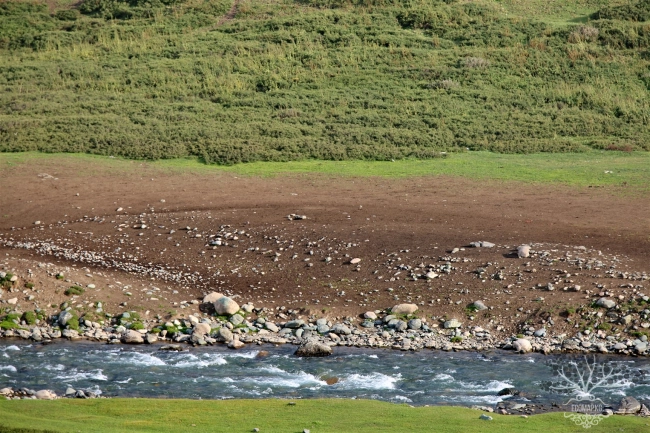
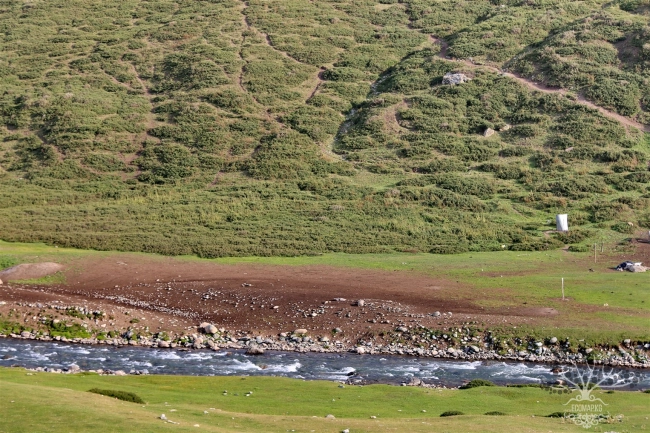
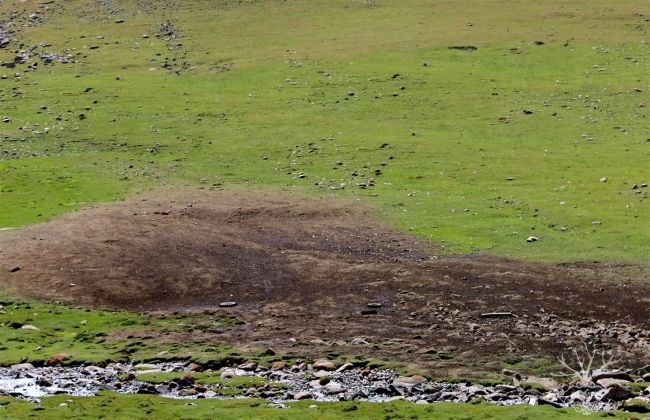
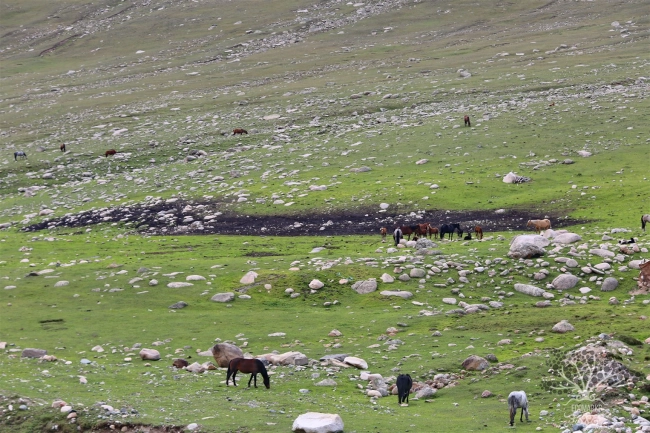
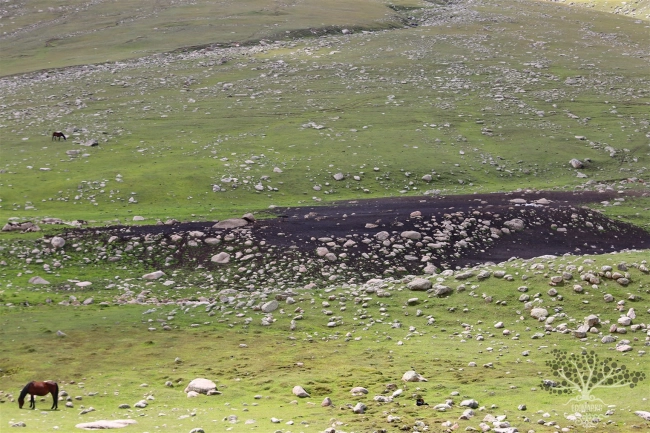
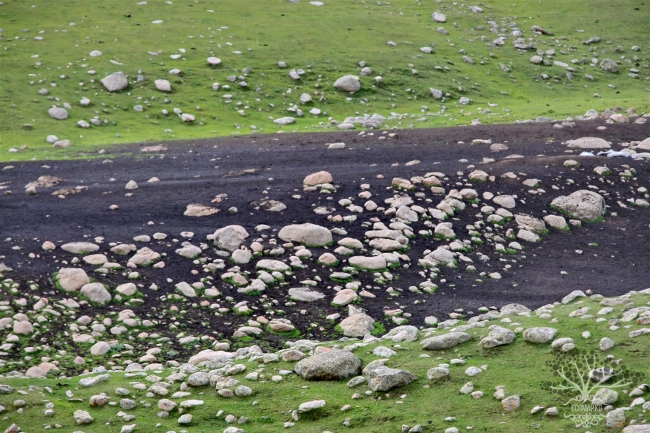

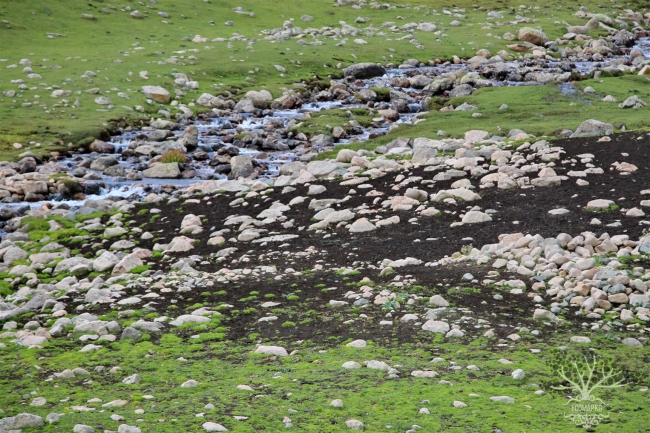
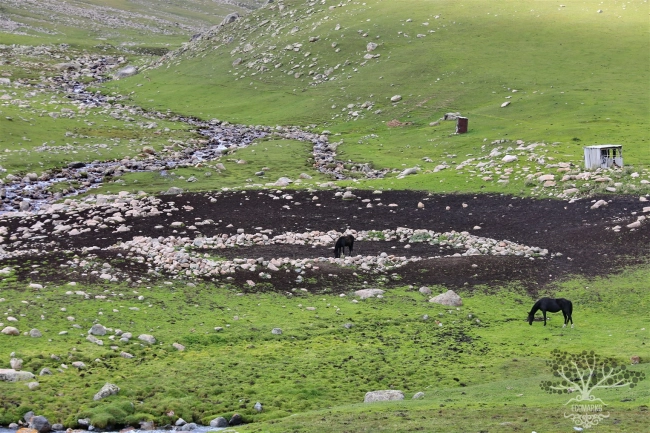


















Attention: Information based on submitted complaints